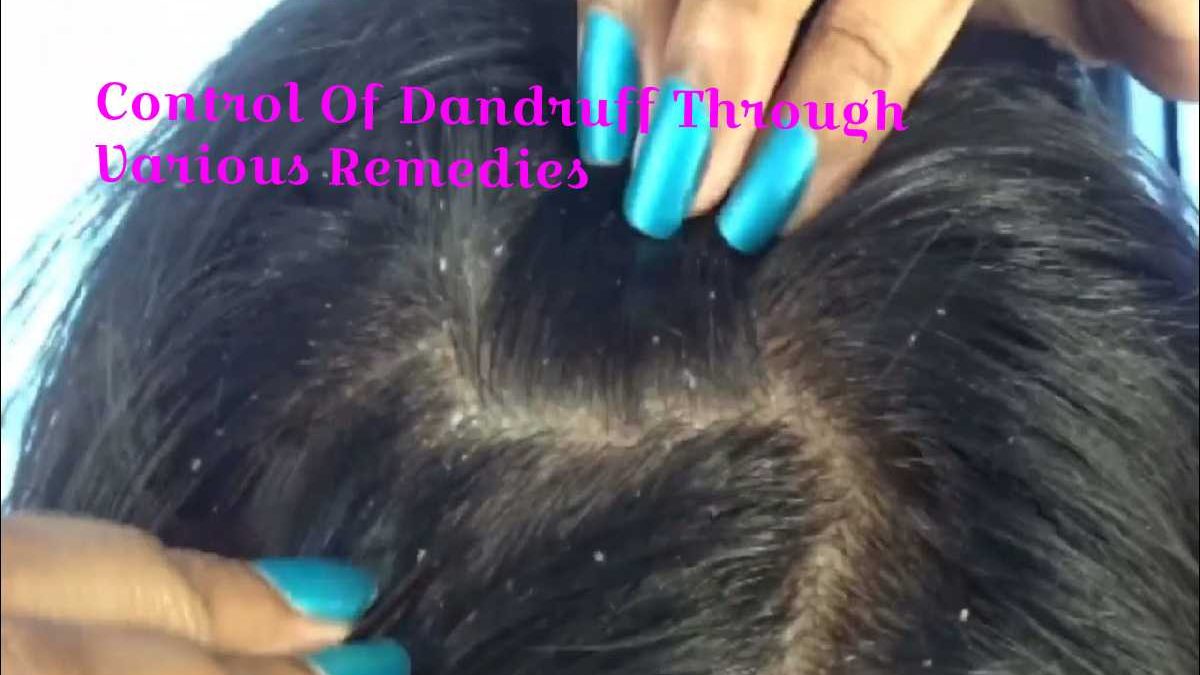Small bits of dry skin chips have built up on the scalp as Dandruff, a common disease. Using shampoo and scalp treatments is the most efficient technique to treat and control it. To achieve the most outstanding results, heed these dermatologist-recommended guidelines.
The chips may appear in your hair or shoulders if you have dark hair or are wearing dark clothing. Additionally, it may irritate your scalp.
Contrary to popular belief, poor cleanliness is not the leading cause of dry skin. Although it might be more noticeable when shampooed infrequently, experts are currently investigating the causes.
Malassezia- Fungal Dandruff
A fungus called Malassezia, which many individuals naturally have on their skin, is the source of Dandruff. It develops when there is an excess or imbalance of the fungus. Our bodies naturally lose dead skin cells regularly, but an increase in Malassezia causes the body to create and shed skin cells more quickly and at an unfavourable pace. Age, hormones, stress, and other factors can all contribute to Malassezia overgrowth.
Seborrheic dermatitis, a mild and typical variant, manifests as white flakes. It can be found in the creases of the face and behind the ears and brows. Redness, flakiness, itching, or a combination of all three may be present.
How Should You Cleanse Dandruff-Covered Hair?
* After determining which anti-dandruff shampoo suits you the best, lather twice and let the foam sit for three to five minutes.
* You should immediately use a conditioner if you don’t already! Always condition your hair after washing it with an anti- shampoo; your hair will be shielded from dryness, which helps lessen flaking.
*Finally, if your scalp itches, refrain from scratching it. Even if it’s easier said than done, you know that doing so won’t stop the flaking. Instead, the irritation might lead to bleeding, exacerbating the issue. Scratching can also lead to open sores on the scalp if you have long, sharp nails, and these wounds could get infected.
What Herbal Remedies Can You Use to Get Rid of Dandruff?
The Tea Tree Oil
Tea tree oil is an ideal dealing for Dandruff and has a catchy name and strong antibacterial and anti-inflammatory qualities.
Beans of fenugreek
Fenugreek seeds are a lifesaver when it comes to homemade treatments for it. They have incredible antibacterial and antifungal characteristics, making them quite efficient in removing flakes. Aside from that, nutrients like protein, vitamin C, iron, potassium, nicotinic acid, and lecithin may nourish and care for your hair.
Pastry Soda
Using baking soda as a gentle exfoliator, you may remove dead skin cells from the scalp. Additionally, it lessens excess oil on the scalp, which makes it feel clean. It’s also known that baking soda might relieve the hyperactive fungus that can result in Dandruff.
Citrus Juice
It has been demonstrated that using lemon juice as a cure effectively gets rid of naturally. Citric acid, which is abundant in this food, prevents it at the hair follicle roots. The antibacterial properties eliminate the fungus generating this Dandruff!
Neem Beverage
Neem, widely used in skin and hair care, has antibacterial characteristics that make it an effective treatment for dry skin brought on by an unclean scalp. It may help cleanse your scalp by clearing any dirt buildup from the roots and controlling excess oil production, which causes flakiness.
ACV, Apple Cider Vinegar
This method is your best bet for eradicating Dandruff at home! The antifungal and antibacterial qualities of apple cider vinegar are fantastic for preserving the health of your scalp. The vinegar successfully stops the condition and removes any fungus that causes this. Sometimes it is caused by a pH imbalance. The anti-inflammatory qualities of ACV reduce irritation and inflammation on the scalp.
When Should I See a doctor?
The home treatments and preventative measures for Dandruff mentioned above should provide relief. But it’s time to see a dermatologist if it persists or worsens. We advise avoiding these at-home remedies and going to a dermatologist as soon as you can if your scalp is continuously itchy, irritated, or red.
Conclusion
It is a spiteful loop that keeps happening with Dandruff. You could switch 1,000 shampoos and attempt 1,000 home treatments for it, but the condition would still recur. Having the appropriate knowledge and the correct product is the only way to keep it at bay.

